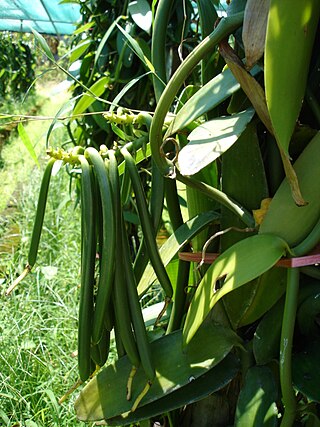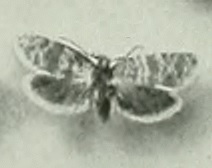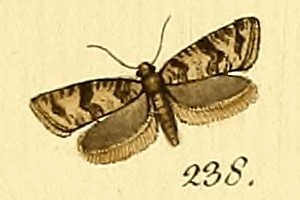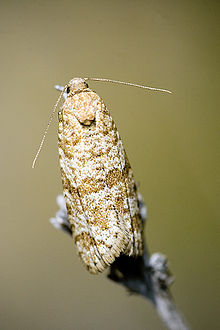
Vanilloideae is one of the subfamilies of orchids belonging to the large family Orchidaceae.

Isotria medeoloides, commonly known as small whorled pogonia or little five leaves, is a terrestrial orchid found in temperate Eastern North America.

Polyorthini is a tribe of moths in the family Tortricidae.
Bauneg Beg Mountain is a mountain summit located in the town of North Berwick, in York County in the state of Maine. Bauneg Beg Mountain climbs to 860 ft (260 m) above sea level. Bauneg Beg Mountain is taller than Mount Agamenticus, and has been used by mariners to navigate the Maine Coast. This area is characterized by rolling forested hills, broad stream valleys, and numerous swamps.

Isotrias is a genus of moths belonging to the family Tortricidae.

Isotria is a genus of flowering plants from the orchid family, Orchidaceae.

Isotrias rectifasciana, the hedge shade, is a species of moth of the family Tortricidae found in Asia and Europe. The moth was first described by the English entomologist, Adrian Hardy Haworth in 1811.
Isotrias martelliana is a species of moth of the family Tortricidae. It is found in Italy.

Isotrias joannisana is a species of moth of the family Tortricidae. It is found in central and southern Italy. There are also records for France and Spain.

Isotrias hybridana is a species of moth of the family Tortricidae. It is found in France, Spain, Portugal, Italy, Germany, Poland, the Czech Republic, Slovakia, Austria, Hungary, Ukraine and most of the Balkan Peninsula.

Isotrias cuencana is a species of moth of the family Tortricidae. It is found in Spain.
Isotrias huemeri is a species of moth of the family Tortricidae. It is found on Monti del Pollino in Italy.
Isotrias buckwelli is a species of moth of the family Tortricidae. It is found in Morocco.
Isotrias penedana is a species of moth of the family Tortricidae. It is found in the Serra da Peneda in north-western Portugal.

Pogonieae is an orchid tribe in the subfamily Vanilloideae.

Isotria verticillata, commonly known as the large whorled pogonia and purple fiveleaf orchid, is an orchid species native to eastern North America.










